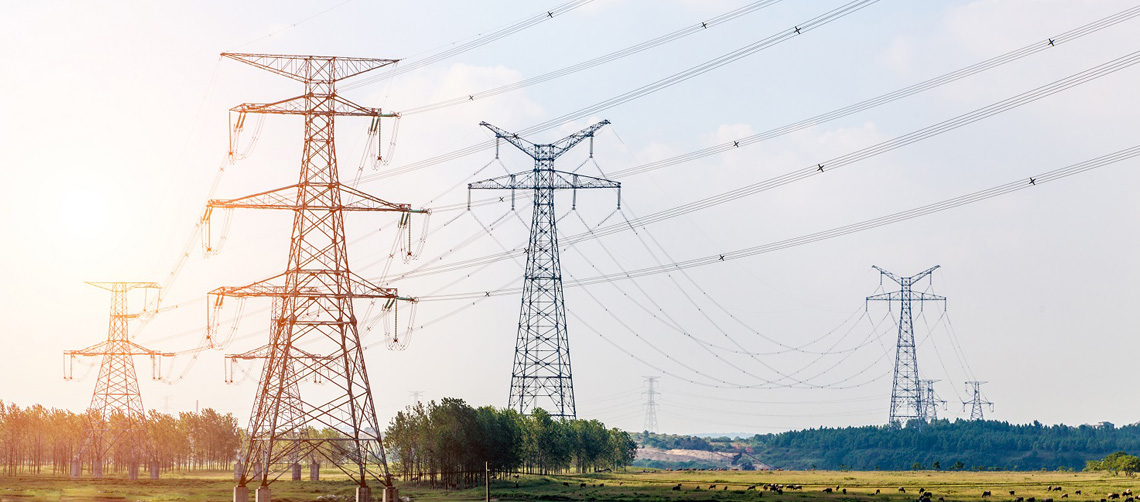INTRODUCTION
New Age Power Systems for 21st Century India – Challenges, Solutions and Opportunities
Electricity is a platform, lack of which can fundamentally limit the development of a nation.From enhancing living standards to eliminating poverty, improving health, increasing productivity and economy, electricity unfetters life.
In India, the electricity transmission and distribution network traverses through the length and breadth of the country toconnect every household, industrial facilities, a host of essential amenities like schools, hospitals etc., andthe vast expanse of agricultural lands. The last decade saw electricity in India striving to reach the farthest ofIndia’s households in the remotest of villages. With steady national efforts, the country is at the threshold of 100per cent electrification of households. Nevertheless, the larger goal of the Government of affordable, secure, ‘24x7Power for All’ remains on the horizon. Electricity is vital for the livelihood of our diverse, young and ambitiouspopulation, economical prices and commercial viability is important. India having become a power-surplusnation, this is dream is not too far away either.
One of the key challenges in the linkage between electricitygenerators and electricity consumers, is that the sources for electricity generation are not uniformly located acrossIndia. But electricity must be evacuated to reach all consumers. So far thermal power generation has beenmore than 80 per cent of India’s power mix. But renewable energy sources (RES).
The industry body Confederation of Indian Industry (CII)launched a white paper titled, “New Age Power Systems For 21st Century India – Challenges, Solutions and Opportunities”, authored by McKinsey & Co. The White Paper has been prepared by the Core Group on Transmission chaired by Pratik Agarwal, under the aegis of the National Committee. The White Paper was presented to Shri Ajay Bhalla, Secretary, Ministry of Power before the official launch.
The White Paper focuses on the following short-term imperatives for the Power Transmission sector in India and outlines key actionable items for each imperative:
· More flexible transmission planning: transmission planning needs to change from deterministic to anticipatory (probabilistic)
· Separation of Central Transmission Utility (CTU) from Power Grid Corporation of India Ltd (PGCIL): The fact that CTU is a part of PGCIL creates conflict of interest between the role of a planner and a developer
· Tightening of grid performance parameters in the context of increasing renewable energy (RE) integration
· Improved reliability of the network by developing contingencies in the system
· Compression of project timelines from notification to the commencement of construction by 40 per cent
· Promotion of innovation through greater freedom of design
· Capacity augmentation of existing transmission system
· Incorporation of energy-storage solutions as transmission grid element to meet flexibility requirements
The CII white paper also suggests seven stand-alone requirements that could be considered over the medium-term in a span of three years. These include:
· State Transmission Utilities (STUs) to make underground intracity power transmission mandatory in the top 50 cities
· CERC to bring a policy for shareability and transferability of long-term open access licensees (LTOA)
· State Electricity Regulatory Commissions (SERCs) to create a revenue-pooling method for states (similar to Central PoC pooling concept) so that developers feel more comfortable investing in states
· Ministry of Power (MoP) to issue guidelines for mandatory representation of major power transmission asset developers in transmission planning committees like the National Committee on Transmission (NCT) and Regional Power Committee (RPC) to ensure a level playing field in decision-making process
· CERC to create a framework for creation and maintenance of an ancillary services market in India
· CEA/MoP to create a framework for monetisation footprint of urban transmission and distribution assets
· Facilitate use of innovative models of ownership and financing, e.g., Toll-Operate-Transfer (TOT) model

 Please wait...
Please wait...